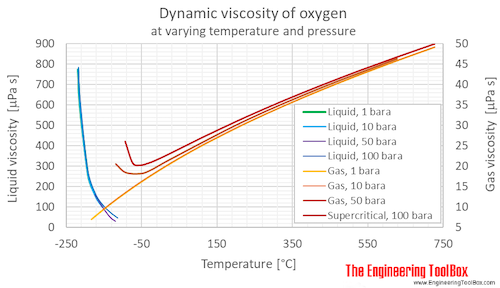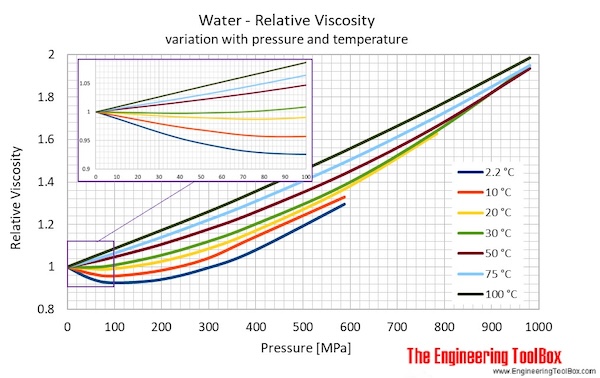

Excess suspended solids are objectionable for several reasons. It should read 8.34 pounds per gallon.Īn increase in density of the drilling mud is a measure of how much drilled material is being carried in suspension and recirculated. The calibration of the mud balance easily can be checked by filling the cup with fresh water.

Any of the scales on the rider may be used to express the mud density, although pounds-per-gallon is the most commonly used scales. Read the mud density from the inside edge of the rider as indicated by the marker on the rider. After the exterior surface of balance has been dried, seat the balance on the stand, and level by adjusting the rider. Wash or wipe the excess mud from the exterior of the balance. Make sure that some drilling mud is squeezed out the vent hole. Place the lid on the cup and rotate the lid until it is firmly seated. To determine the density of the drilling fluid with the mud balance, fill the cup to capacity with fresh, screened mud. Much more clay is needed to achieve a given viscosity the resulting mud will have a higher density and generally poorer qualities than a bentonite drilling mud has. Natural clay muds, which occur as a result of drilling with clear water, are inferior to bentonite muds in their ability to increase viscosity. Because the characteristics of the additives of polymer muds are quite different than those of bentonite, the solids content of polymer mud is much lower than the solids content of bentonite mud of the same viscosity. Marsh funnel viscosity readings should be taken routinely and recorded on the boring log.įor most drilling operations, acceptable limits can be obtained by adding approximately 50 pounds of bentonite per 100 gallons of water. Thin mud does the best job of cleaning the bit and optimizing the drilling rate, but thick muds are needed to remove coarse gravel from the hole. For comparison, the funnel viscosity of fresh water is 28 seconds per quart at 68 degrees F.Īs a general rule, viscosity should be maintained as low as possible to provide the required hole stability and water loss control. The usual range of Marsh funnel viscosities for good effective bentonite mud is 32 seconds to 38 seconds per quart for polymer muds, funnel viscosities of 40 seconds to 80 seconds per quart are reasonable. If available, a stopwatch should be used for measuring the time. The number of seconds is recorded as the funnel viscosity. Remove the finger from the outlet and time the number of seconds for one quart of fluid to flow from the funnel into the cup. Pour the test sample, which has just been taken from near the pump suction end of the mud pit, through the screen into top of the funnel until the level of drilling mud just reaches the bottom of the screen. To determine the viscosity using the Marsh funnel, hold the funnel in an upright position and place a finger over the outlet.

The funnel viscosity is the time in seconds for 1 quart of mud to pass through the Marsh funnel, expressed as seconds per quart. For field applications, a qualitative viscosity measure can be obtained by the Marsh funnel.


 0 kommentar(er)
0 kommentar(er)
